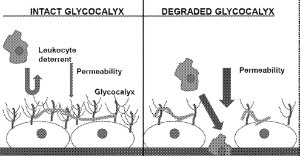Technology Licensing
New York Medical College collaborates with pharmaceutical companies to develop, manufacture and distribute biomedical products to the global market. New York Medical College's technologies are available for license. Products for which we are currently soliciting development and licensing partners include:
Akkermansia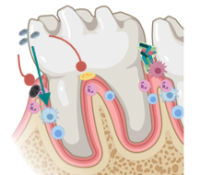
Use of Akkermansia in the treatment of oral diseases (patent application 16/724672)
Akkermansia is a microbe regularly found in the human gut. A method has been discovered (is being studied) to use Akkermansia to treat and prevent oral disease, as well as bad breath.
Abstract:
Gingivitis and periodontitis are gum diseases caused by the buildup of bacteria on the dental plaque. If left untreated, serious oral complications can occur. Akkermansia, a microbe commonly found in the intestine, has been shown to reduce tissue inflammation and bone destruction induced by the pathogenic microorganisms. These properties of Akkermansia can be applied to aid oral health and treat oral disease.
Applications:
- Treatment of oral disease
- Prevention of oral disease
- Cosmetic treatment of bad breath
Zelpolob to Inhibit Cancer
Antiproliferative DNA Polymerase Inhibitor (patent application 16/659283)
Zelpolib is a DNA inhibitor which can be used to inhibit cancer cell growth.
Abstract:
The most successful approach in using chemotherapy to treat cancer has been to target DNA replication. Zelpolib is a DNA polymerase inhibitor which can be used to inhibit DNA replication and repair. Zelpolib is a promising candidate for cancer treatment if it can be used to target cancerous cells.
GPR75 to Treat Cardiovascular and Other Diseases
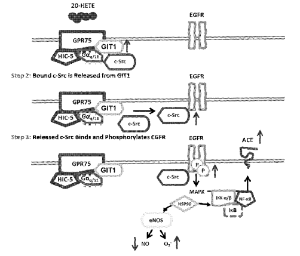
Using a 20-Hete antagonist to treat cardiovascular disease, renal disease, thrombotic disease, stroke, metabolic syndrome, cell proliferation, and ischemic cardiovascular disorders.
Abstract:
20-Hydroxyeicosatetraenoic acid (20-Hete) synthesis is increased in tissue in cardiovascular, cerebral, and renal diseases. It acts as a vasoconstrictor and can cause inflammation and angiogenesis. An antagonist which interferes with the action of 20-Hete can prevent the inflammation and hypertension which usually accompanies cardiovascular disease, renal disease, thrombotic disease and other diseases.
Early Lyme Disease Detection
High sensitivity method for early lyme disease detection (patent 10669567)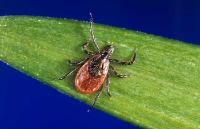
There could be as many as 300,000 cases of Lyme disease (LD) in the US alone each year. Despite the prevalence of the disease and its seriousness, there are limited methods for early detection of LD. This invention seeks to offer a method for early and accurate detection of LD by testing a biological sample from the subject.
Restoring the Glycocalyx
Compositions and methods for restoring endothelial glycocalyx (patent 10849924)
The Glycocalyx is a protective lining at the surface of the endothelium found in all blood vessels. Some functions of the Glycocalyx include regulating vascular permeability and coagulation, traffic of leukocytes, mechanosensing and nitric oxide production. Certain conditions are associated with the loss of the endothelial glycocalyx, and there are limited methods of glycocalyx restoration. This invention seeks to aid in the restoration of the glycocalyx.
Pluripotent Adult Stem Cells
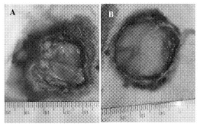
Stem cells are unique cells which can self renew and give rise to other specialized cells. This invention allows for the characterization and isolation of multipotent adult stem cells.
Post Mitotic Cortical Interneurons for Epilepsy
Generation of post-mitotic migratory cortical interneurons, Repair of Damaged Myocardium (patent application 17/280225)
Compromised function of Cortical interneurons is associated with various brain disorders such as schizophrenia, autism and epilepsy. This invention seeks to offer an efficient method to generate synchronized cIN populations to use for research.
characterization and isolation of multipotent adult stem cells.
Lipopolysaccharide Induced TNF-α factor (LITAF)
The inflammatory response protects the body against infection and injury but can itself become dysregulated with deleterious consequences. The inflammatory cytokine TNF-α has been clinically validated as a primary driver of several inflammatory diseases. Several compounds isolated from kava root extract were found to mediate substantial reduction of TNF-α secretion—more specifically, Lipopolysaccharide Induced TNF-α factor (LITAF) mediates cytokine expression.
Anti-inflammatory Compounds (patent application 16/502284)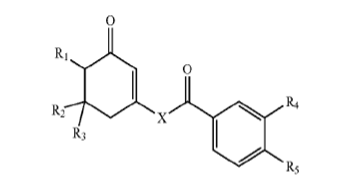
Abstract:
The compounds described in the invention are useful in the inhibition of cytokine TNF-α, the management of inflammation such as periodontitis or in infective or rheumatoid arthritis, either as compounds, pharmaceutically acceptable salts, pharmaceutical ingredients, whether or not in combination with other anti-inflammatory active pharmaceutical ingredients.
Applications:
- Treating inflammation
- Treating periodontitis
- Treating infective arthritis and rheumatoid arthritis.


